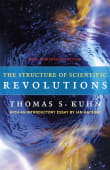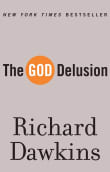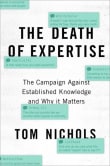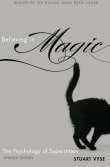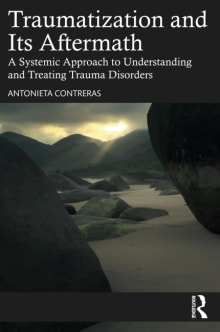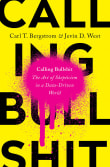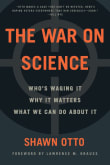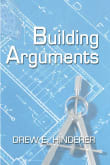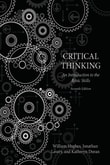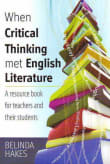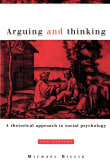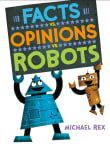How We Know What Isn't So
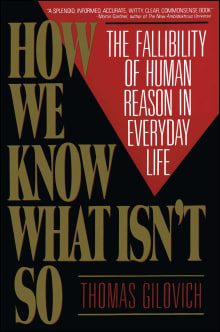
Book description
Thomas Gilovich offers a wise and readable guide to the fallacy of the obvious in everyday life.
When can we trust what we believe-that "teams and players have winning streaks," that "flattery works," or that "the more people who agree, the more likely they are to be right"-and when are…
- Coming soon!
Why read it?
3 authors picked How We Know What Isn't So as one of their favorite books. Why do they recommend it?

I learned from Gilovich the psychological mechanisms that drive us to believe things that aren’t true. We are pattern-recognizing machines, he tells us, designed to make sense of the data we perceive. But when that data is incomplete, ambiguous, or inconsistent, the mechanisms that normally yield correct inferences can lead us astray.
From Ted's list on evaluating claims of the paranormal.

One of Gilovich’s most famous papers is a (co-authored) 1985 study arguing that the widespread belief by athletes and fans that athletes get a “hot hand” is in fact a statistical illusion. This book is a compilation of similar examples of how everyone—even, or perhaps especially, the most highly educated—believe things that are doubtful or clearly wrong.
From Gary's list on science’s eroding reputation.

Gilovich is one of the leading experts in social psychology with a broad scope of influence. Here he demonstrates that common erroneous beliefs are the product of both cognitive illusions and social shortcomings. Unlike accounts for superstition that appeal to indoctrination, ignorance stupidity, or gullibility, the book examines how normal cognitive processes of reason and judgment, which are usually effective and efficient strategies, can also easily produce the sorts of beliefs that are magical or supernatural.
From Bruce's list on magical thinking and superstition.
If you love How We Know What Isn't So...
Want books like How We Know What Isn't So?
Our community of 12,000+ authors has personally recommended 70 books like How We Know What Isn't So.

